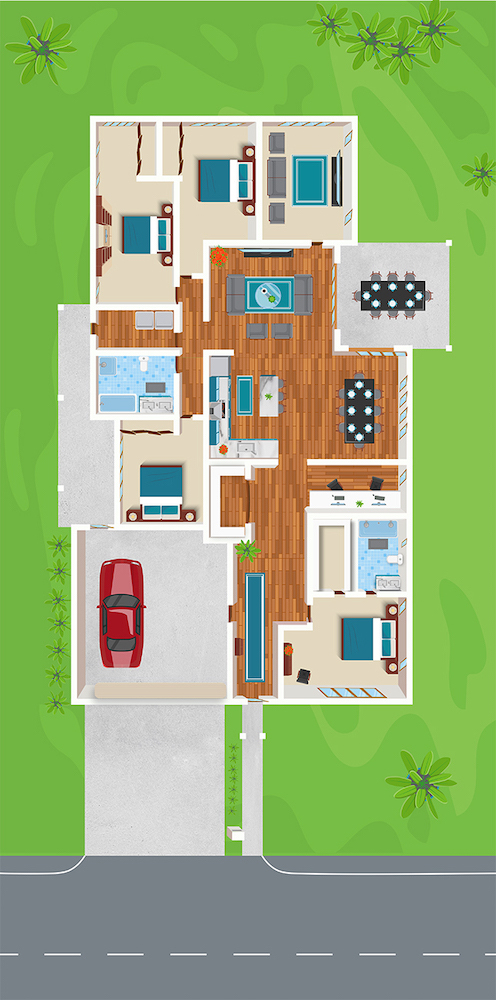When renovating for sale, a little home improvement can go a long way. But how do you know if you’re adding value to get the most out of your investment or potentially wasting money?
The secret lies in knowing where to make a few strategic touch-ups. Ideally, you want to achieve a return of at least three dollars for every one that you invest – so it’s important to understand what does and doesn’t impact the sale price.
At RE/MAX NOW, we know what it takes to get results. Every 30 seconds, a RE/MAX agent helps someone find their perfect place. A good local agent will help you better understand what buyers are looking for in your specific area, but we’ve found certain advice works well for most sellers.





